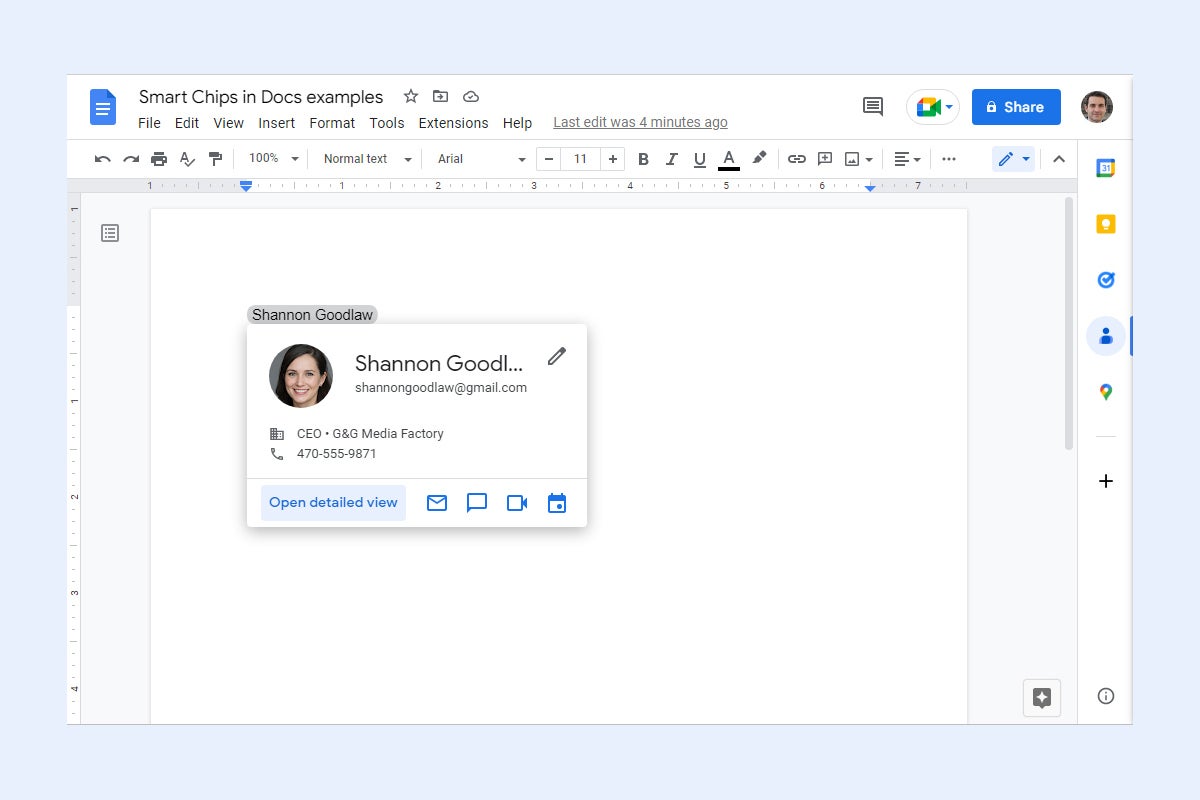Google Embeds Chatbot Into Popular Apps to Provide Human-like Responses and Improve Productivity
In a move to enhance user experience and improve productivity, Google has announced the integration of its conversational chatbot, Bard, into its most popular apps. This new feature enables users to receive human-like responses to their queries, summarize Gmail messages, and search for information in Google Docs and YouTube, among other functions.
Bard faces stiff competition from other leading generative AI technologies, including OpenAI’s ChatGPT and Microsoft’s Bing conversational AI tool, which is also based on ChatGPT. Microsoft has incorporated ChatGPT functionality into its suite of Microsoft 365 business productivity and collaboration apps through its Copilot chatbot assistant.
Both Google and Microsoft are focusing on internal use cases for chatbots to enhance employee productivity. Salesforce is also entering the domain with its latest offering, the Einstein Copilot. This conversational assistant is integrated into the workflow of every Salesforce application, allowing users to ask questions in natural language and receive answers from proprietary company data.
Similar to Copilot, Google’s Bard Extensions serve as a natural language assistant that can search for information across Google apps. Users can search through Google Docs, summarize Gmail messages, plan trips, and check airline prices on Google Flights, among other tasks. The aim is to streamline tasks and consolidate information within one conversation.
Google’s blog post stated, “You could ask Bard to start a trip planning Doc for you and your friends, draft up your online marketplace listing, or help explain a science topic to your kids.” This update is Google’s latest venture into generative AI assistants, following the release of its Duet AI for Workspace productivity apps.
Notably, Bard can support conversations in 40 different languages, although its Extensions feature will initially only allow queries in English. Users can rely on Bard’s accuracy by double-checking its responses with the “Google it” button, which verifies the information found on the web.
Furthermore, Bard chat conversations can be shared via public links, allowing recipients to continue the conversation and ask Bard additional questions. This not only promotes collaboration but also provides a starting point for further discussions and ideas.
The integration of Bard Extensions is part of an update to Google’s chatbot platform, the PaLM 2 large language model. This update enhances Bard’s ability to respond with improved accuracy.
While chatbot technology continues to evolve, there is still progress to be made before it becomes mature enough to perform advanced functions, such as transactions and bookings. Currently, generative AI excels in conversation, but additional functionality is required for more complex tasks.
According to Max Ball, a principal analyst with Forrester Research, the path to maturing chatbot technology involves creating a generative AI system, connecting to CRM or back-end systems for specific data and transactions, determining when human intervention is necessary, and proactively checking in with customers.
Ball also highlighted the complexity of managing different generative AI systems that excel in various tasks. As the technology advances, the potential for managing these systems becomes more intricate.
As Google continues to innovate in the chatbot space, it remains to be seen how other companies will respond and adapt to the evolving landscape of chatbot technology.
© 2023 IDG Communications, Inc. All rights reserved.

I have over 10 years of experience in the cryptocurrency industry and I have been on the list of the top authors on LinkedIn for the past 5 years. I have a wealth of knowledge to share with my readers, and my goal is to help them navigate the ever-changing world of cryptocurrencies.




